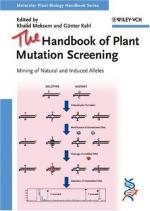|
This section contains 232 words (approx. 1 page at 300 words per page) |
Allele is the shortened, and more commonly used, form of the word alleleomorph. An allele is one of a series of possible forms of a given gene. Different alleles differ in their sequence of DNA, this difference can be as small as only one base pair change although it can be much larger. The difference must be such that the gene product, RNA or a protein, is different to the other form in an observable manner. Alleles are always at the same physical location (locus) on matching (homologous) chromosomes.
A diploid organism with two sets of identical alleles is termed homozygous, an organism with two different alleles is heterozygous. Several different forms of an allele can exist within a population, this is a phenomenon known as multiple allelism. Many genes occur in this manner, for example hair and eye color.
The first alleles studied in a scientific manner were those controlling varying characteristics of the pea. This work was undertaken by the Austrian monk, Gregor Mendel, in the late 1800s. Mendel studied a range of characters that were either present or absent, for example, smooth or wrinkled seed coats, tall or short plants or axial or terminal flowers. Each of these characteristics is governed by a single gene and in the plants that Mendel used only the two alleles were present, providing a very useable model to study this system.
|
This section contains 232 words (approx. 1 page at 300 words per page) |


